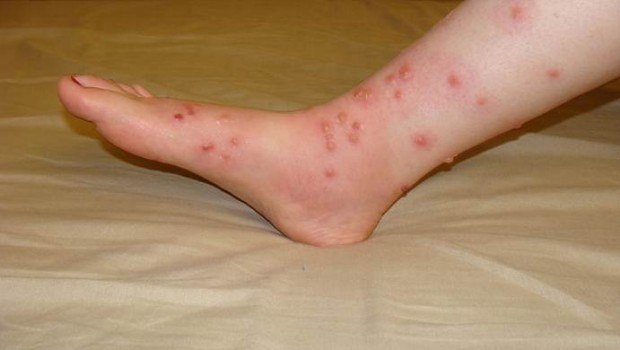
Poison ivy is a type of plant that grows in some areas of the United Stateds, Canada, and around the Great Lakes. It has each leaf with three leaflets with green berries. Its berries can turn off-white in early autumn.
buy xifaxan online https://mannadew.co.uk/wp-content/languages/new/uk/xifaxan.html no prescription
An oily resin named urushiol in leaves, stems and roots of poison ivy can cause the rash on your skin. Some ways can make you intoxicated such as direct touch, touching the contaminated objects or inhaling smoke from the burning plants. If poison ivy rash is mild, you don’t need to have medical treatment. If it becomes serious, you should visit a doctor to get the best advice.
order xifaxan online https://medstaff.englewoodhealth.org/wp-content/languages/new/order/xifaxan.html no prescription
Normally, it can be treated by using self-care methods.
How To Treat Poison Ivy Rash At Home Quickly And Effectively?
In case of mild infection, it can be treated by using home remedies and often removed within 2 or 3 weeks.
buy doxycycline online https://mannadew.co.uk/wp-content/languages/new/uk/doxycycline.html no prescription
Using these natural poison ivy will help to bring about relief for the infected skin and remove the toxin quickly. Home Remedies for how to treat poison ivy rash at home are rather safe and effective for your skin. They include:
1. Cucumber:
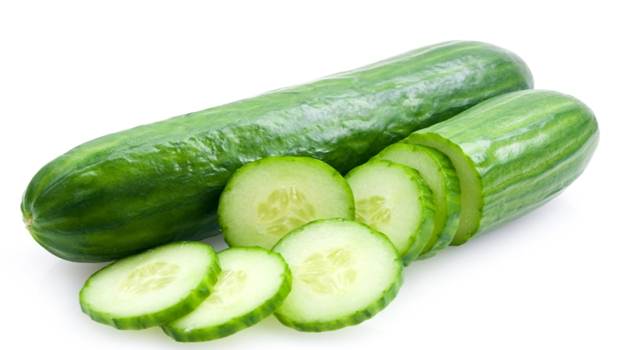
Cucumber is one of the simplest ways to treat poison ivy at home effectively. It can help calm the rash.
It is simple to use some cucumber slices to apply on the affected area or use a paste of cucumber to cover on the skin so as to ease the rash.
Read more: top 8 natural home remedies for itchy skin
2. Baking Soda:
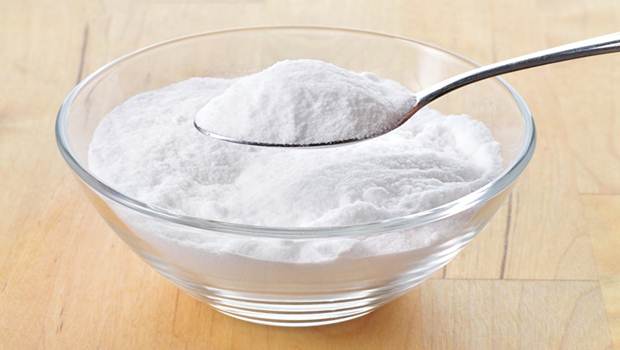
Baking soda can help to recover the affected skin, at the same time, remove the toxins out of the surface as well as dealing with oozing blisters that caused by the rash. There are some ways for treating poison ivy rash at home.
The first option is to mix three teaspoons of baking soda with one teaspoon of water to get a baking soda paste. Use a paste of baking soda to apply over the affected skin to get rid of toxins and ease the rash. Wait until this paste gets dry and remove it. Wash your affected skin with water.
The second solution is to add one cup of baking soda in cool water in a bath and soak yourself in it.
Alternatively, in order to treat blisters, you add two teaspoons of baking soda in one liter water. Use a sterile gauze pads to saturate and cover it for 10 minutes. Do this solution for 4 times a day to get the good result. Advice for you is not to use this solution to apply on or near the eyes.
3. Aloe Vera:
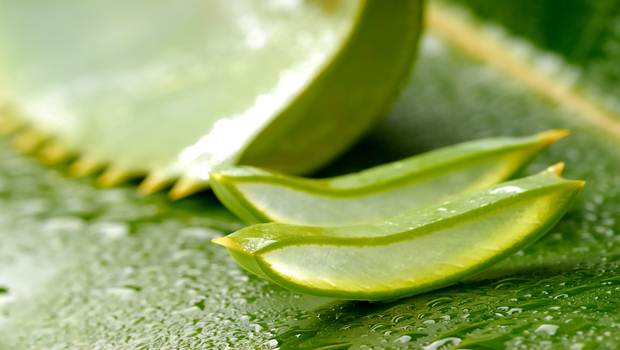
Aloe vera is the best option for how to treat poison ivy rash at home. It can help to treat poison ivy rash thanks to its anti-inflammatory properties and ease the rash from poison ivy.
In order to use aloe vera for how to treat poison ivy rash at home, you take the fresh aloe vera gel to apply to the infected area. Forget it until it dries and wash it off gently after. Repeat this action every 2 hours.
4. Manzanita Leaf Tea:
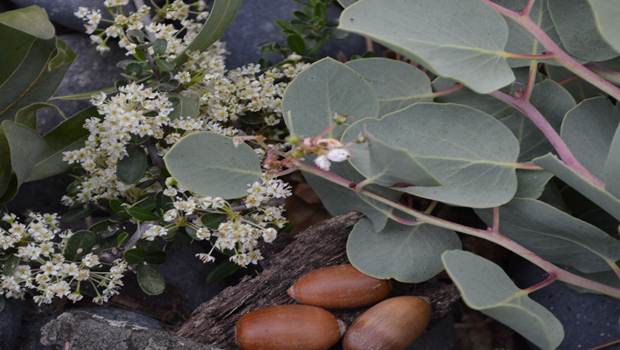
Manzanita leaf contains an astringent that is useful for drying up blisters. A study showed that eating these leaves regularly can grow immune from poison ivy or poison oak. But not all people do it well because of the difference of body chemistry. So there is another way to use these leaves. It is to crush a handful of fresh manzanita leaves and branch tips and then, boil them into a thick tea. Now use it to apply on your affected skin. You should keep it hot when applying on your skin. Do it several times a day to get the effective result.
5. Mugwort:

Mugwort can help to prevent getting rash. Besides that, it is also useful for healing and neutralizing the urushiol.
Firstly, you grind fresh mugwort leaves by hands and use it to rub on the rash. Or you also can use a tea from fresh leaves to apply on the infected area directly. Another option is to use gauze to soak in this tea to apply over the affected skin.
6. Lemon Juice:
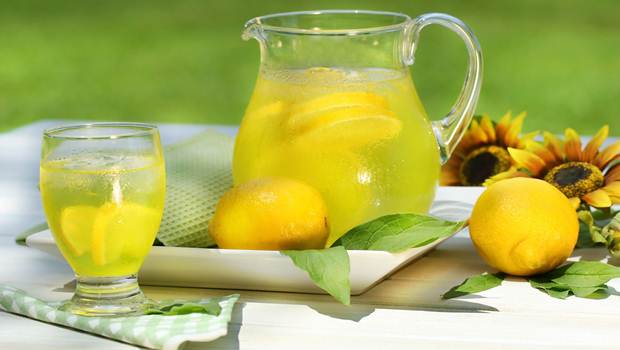
Lemon juice contains the acid that is considered as a natural astringent that is helpful for poison ivy. ing leaf and before the toxin of this oil infiltrate into your skin.
7. Apple Cider Vinegar:
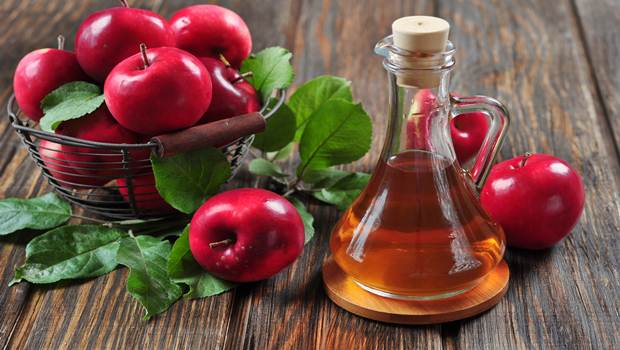
It is not surprised that apple cider vinegar is considered as an effective ingredient for poison ivy. In order to treat poison ivy using apple cider vinegar, you use a brown paper bag in soak in to apple cider vinegar and take it to apply on the rash so as to get rid of the toxins.
Read more: 10 medical and common uses for apple cider vinegar are exposed
8. Banana Peel:
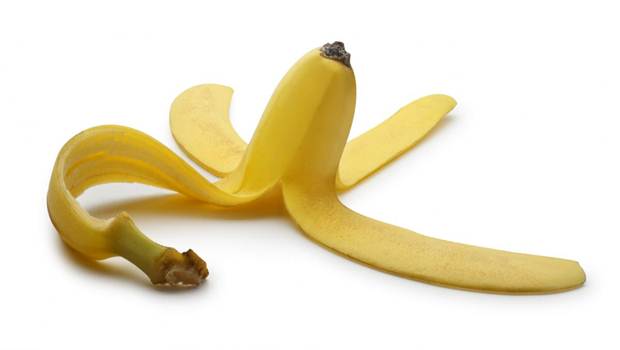
Use banana peel to rub on the affected skin in order to make the itch cooler. Banana peel contains cooling qualities that may provide relief for the poison ivy rash. Like banana peel, watermelon rinds are also recommended for you to treat poison ivy rash.
In general, here are 8 remedies for how to treat poison ivy rash at home that are rather effective and safe for mild infected skin. In case that these remedies are not effective for your rash because of serious irritation, you must visit a doctor to get the best treatment. You can leave your comment here if you have any idea or question for this topic, we are always glad to see your idea and feedback as soon as possible.
order diflucan online https://medstaff.englewoodhealth.org/wp-content/languages/new/order/diflucan.html no prescription
Related articles:
11 signs of gluten allergy that you should know
Home remedies that treat allergies in toddlers and babies
25 ways that keep you from allergies
Want More Content Like This In Your Inbox?
- 12 Health & Beauty Benefits of Squash You Should Know
- Top 16 Symptoms Of Zinc Deficiency Are Revealed
- How To Quit Caffeine Addiction Without Headaches – 12 Practical Tips
- 10 Steps On How To Clean Garage At Home
- Penis Length For Life Review – Is Brandon Thomas’s Guide Useful?
- How to treat breast pain at home – 8 effective remedies
- Health Benefits Of Garlic To The Human Body
- How to treat toothache pain naturally – 7 tips

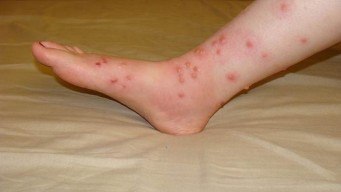


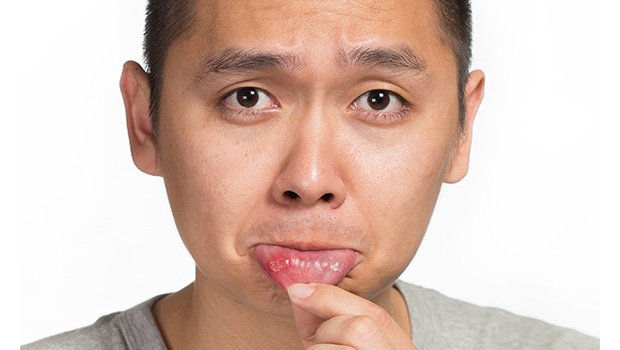




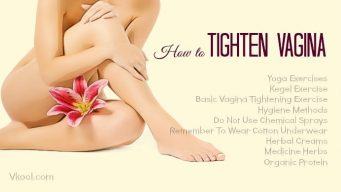

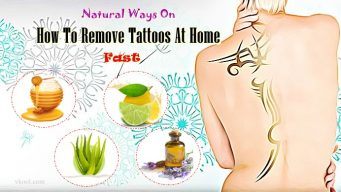


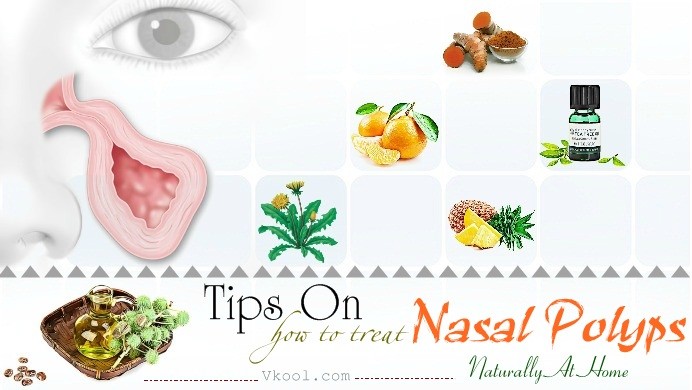
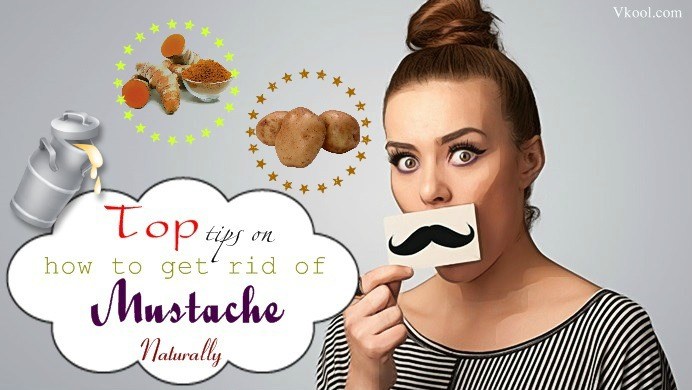
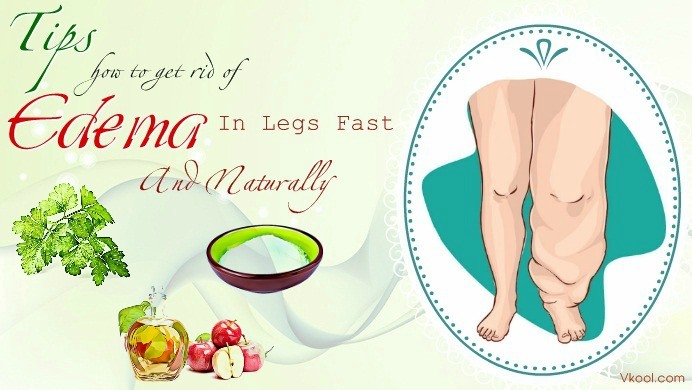
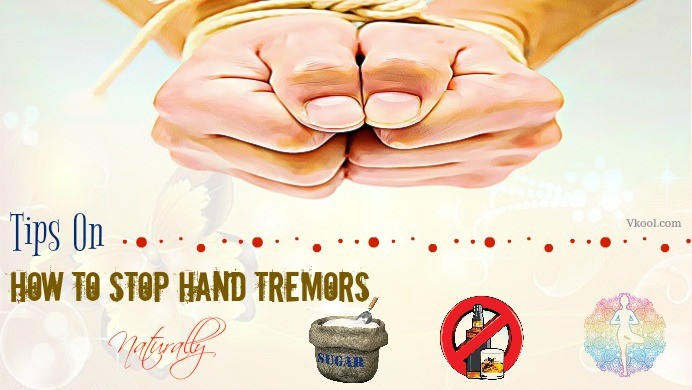
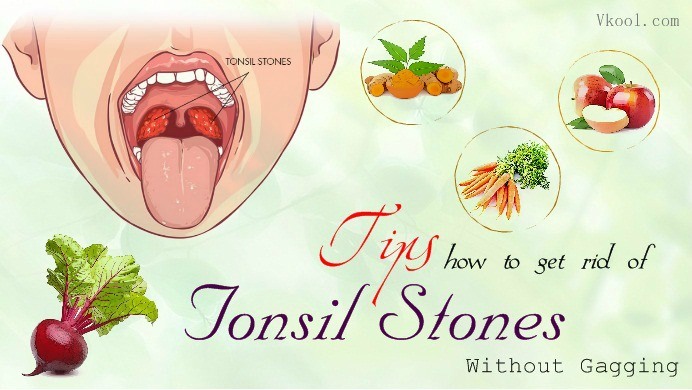
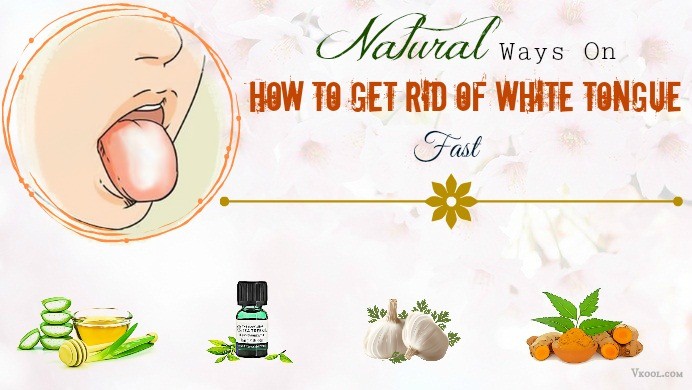
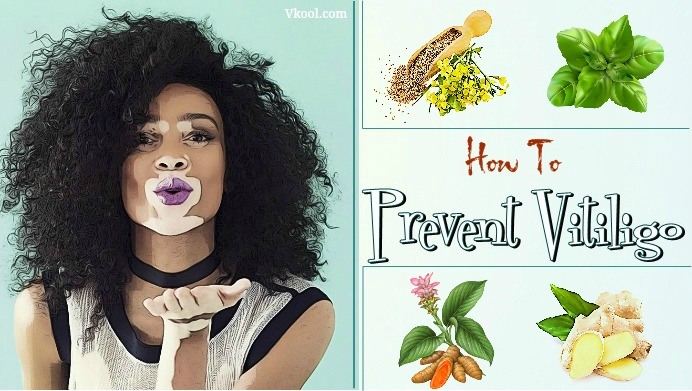
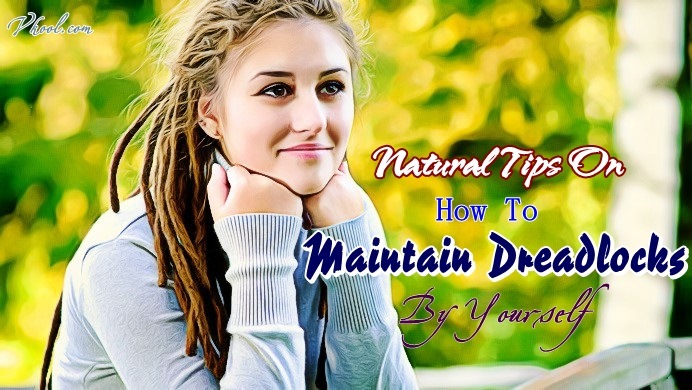
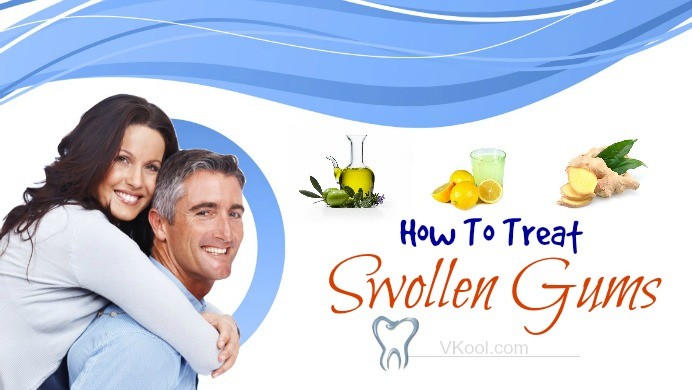 14 Ways on how to treat swollen gums naturally at home
14 Ways on how to treat swollen gums naturally at home 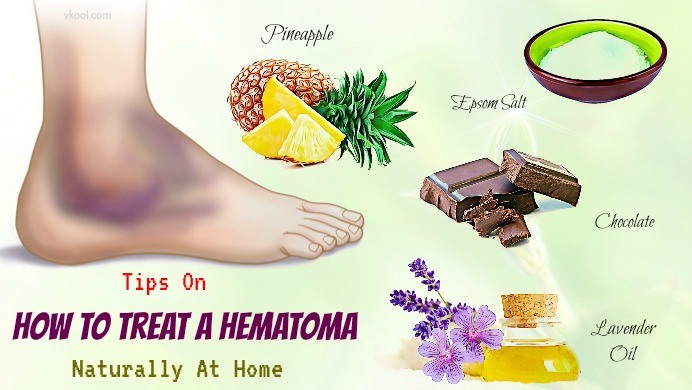 38 Tips On How To Treat A Hematoma Naturally At Home
38 Tips On How To Treat A Hematoma Naturally At Home 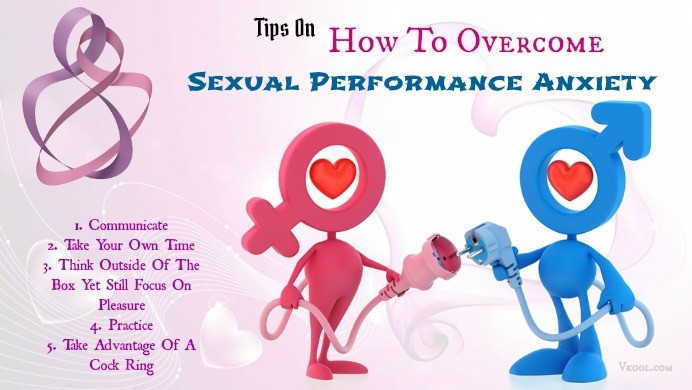 21 Tips On How To Overcome Sexual Performance Anxiety
21 Tips On How To Overcome Sexual Performance Anxiety 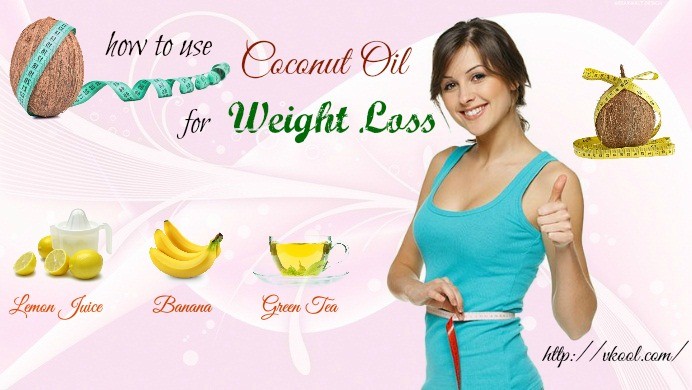 Top 10 Ways On How To Use Coconut Oil For Weight Loss
Top 10 Ways On How To Use Coconut Oil For Weight Loss 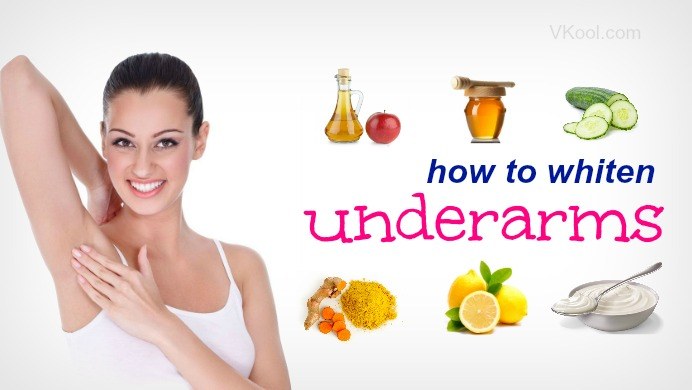 23 Ways on how to whiten underarms naturally and fast
23 Ways on how to whiten underarms naturally and fast 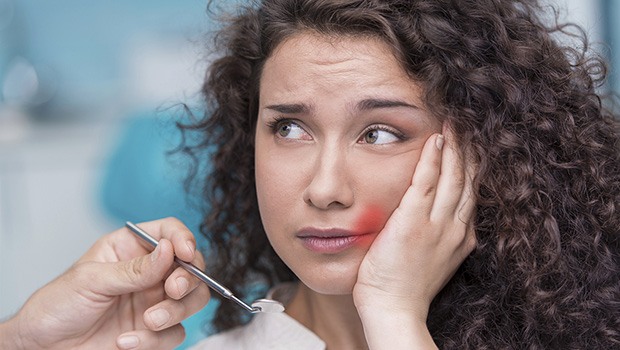 How to reduce wisdom teeth swelling fast – 6 remedies
How to reduce wisdom teeth swelling fast – 6 remedies 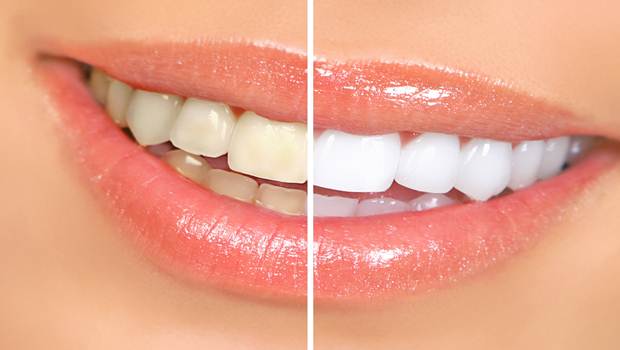 How to remove teeth stains naturally at home – 9 tips
How to remove teeth stains naturally at home – 9 tips  How To Get Healthy Hair Fast & Naturally – 15 Diy Hair Recipes
How To Get Healthy Hair Fast & Naturally – 15 Diy Hair Recipes 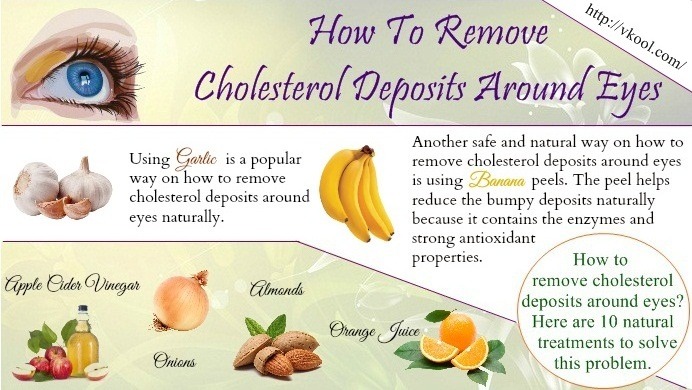 10 Natural Ways On How To Remove Cholesterol Deposits Around Eyes
10 Natural Ways On How To Remove Cholesterol Deposits Around Eyes  How to treat upset stomach naturally at home – 11 tips
How to treat upset stomach naturally at home – 11 tips